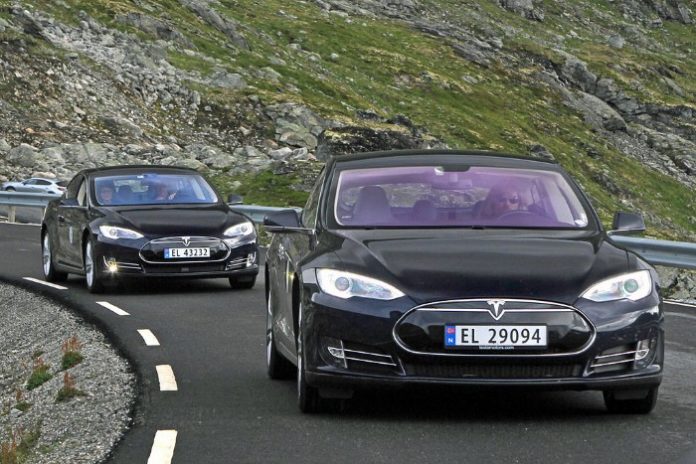Norway takes charge in electrifying their transportation network. A record-breaking 31.2% of all registered vehicles in Norway during 2018 were fully electric – up from 20.9% in 2017. That’s a massive 49.3% increase in just one year.
If we add plug-in hybrid vehicles, the combined market share stands at 49.1% – just shy of breaking even with conventional internal combustion engine vehicles.
The figures were shared in a report by the Norwegian Road Traffic Information Council on Wednesday. These are jaw-dropping numbers and a true forward leap by Norway into cleaner transportation.
The country has a goal to end sales of petrol-burning cars by 2025. It’s almost absurd to think that any other country can do that in just 6 years. But maybe Norway can.

The electric vehicle market in Norway has been growing at exponential rates for the last 7 years. In 2011, the country registered just 1.6% electric vehicles. By 2014, EV market share stood at 13.8% and grew with roughly 10% each consecutive year.

Note: These figures are for new vehicle registrations. For total stock distribution, please see the chart below.
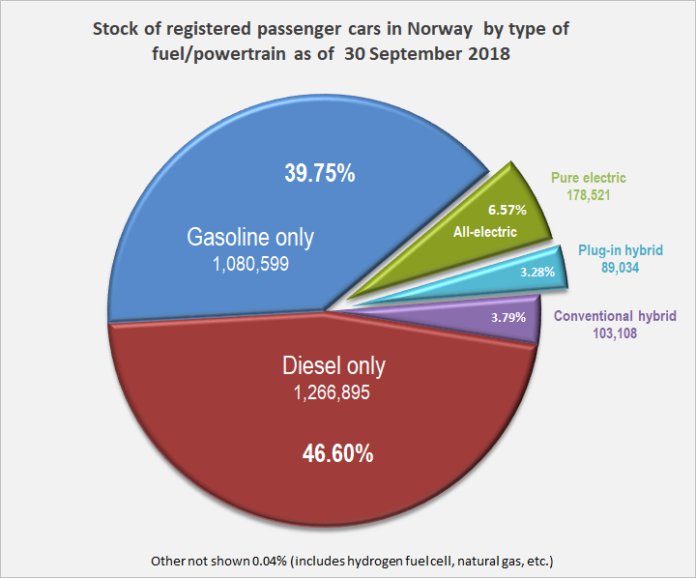
By far, the biggest loser is diesel. Diesel market share dropped from 23.1% in 2017 to 17.7% in 2018. Diesel sales dropped 28% in 2018, while sales of hybrids that don’t plugin fell 20%.
So, who are the big winners?
In September 2018, electric and plug-in hybrid cars hit an all-time record – 60.2% of all vehicle registrations. If we add conventional hybrids the figure swells to 71.9%.
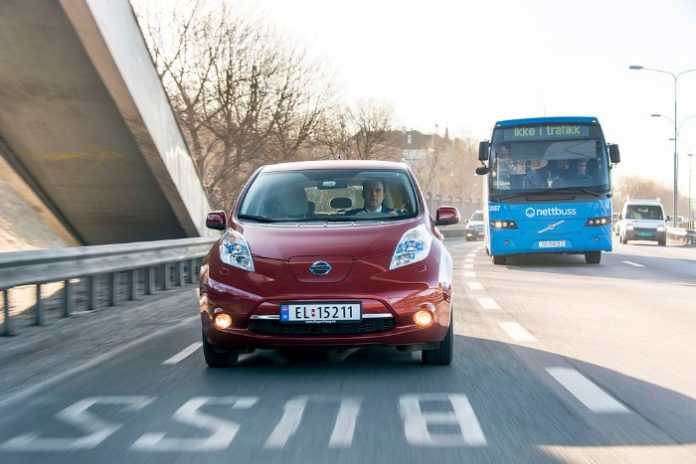
Nissan Leaf is by far the most popular electric vehicle. By October, there were 12 303 Nissan Leafs registered amounting to 8.3% of all vehicle registrations in 2018.
German brands take 2nd and 3rd place. Volkswagen e-Golf comprised 6.7% of all registered vehicles and BMW i3 secured 3.8% of vehicle registrations.
In terms of total distribution, here are the top 5 electric and plug-in hybrid electric vehicles (PHEV) in Norway.
| Model | Total Units | Percent of all EVs |
| Nissan Leaf | 31,205 | 13.40% |
| Volkswagen e-Golf | 28,673 | 12.31% |
| BMW i3 | 18,423 | 7.91% |
| Tesla Model S | 18,401 | 7.90% |
| Mitsubishi Outlander PHEV | 17,215 | 7.39% |
| Total | 232,946 | 100.00% |
It’s interesting to note that Tesla Model 3, which was a huge success in the US has not yet made it to Norway. As of October, there were more than 10,000 ordered units. We expect the tables to shift dramatically in 2019, as Model 3 becomes widely available in the country.
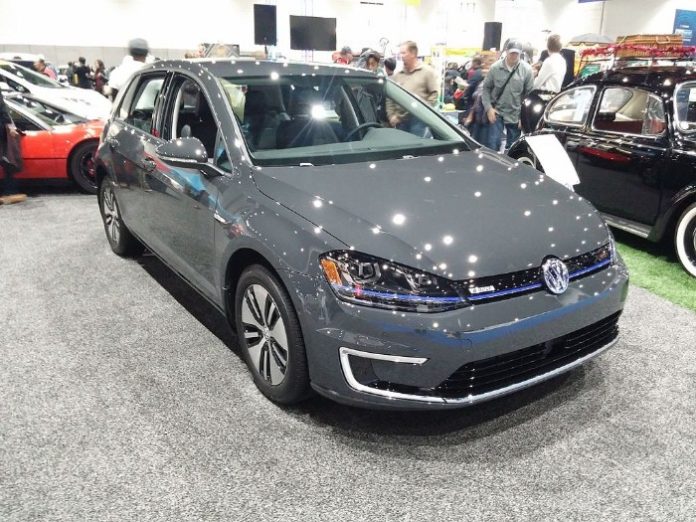
Incentivizing the EV market
The truth is, many people, even in the US, would be open to switching their gasoline or diesel car for an electric, provided it’s economically viable.
Currently, electric vehicles are still more expensive than comparable fossil fueled cars. Even if the long-term gains in fuel savings are there (not to mention the environmental benefits), the significant upfront investment and issues surrounding range and recharging make EVs just a step too steep for the average consumer.
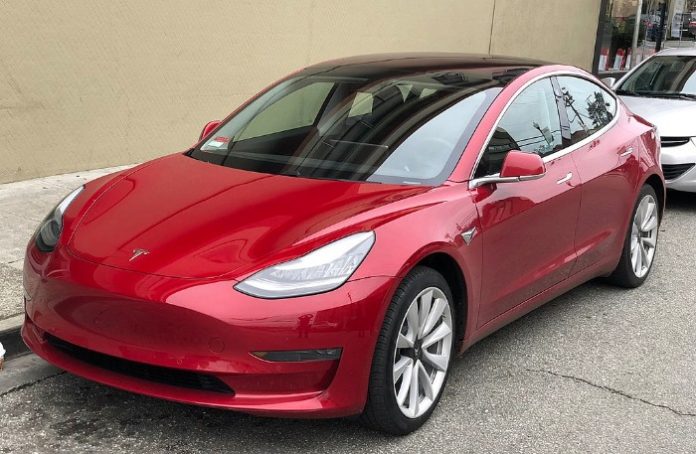
The way Norway is dealing with this problem is by providing numerous incentives which alleviate much of the extra cost associated with owning a car. Here are some of the most notable ones:
- Exemption from registration tax – All-electric vehicles are exempt of the registration or import tax, saving up to 10,000 EUR. Plug-in hybrids pay a reduced tax proportionate to their emissions.
- Low annual road tax – All-electric vehicles pay 1/6th (52 EUR) of the annual road tax paid by conventional vehicles
- Free municipal parking – Most public parking spots are free for electric cars with some parking spots with charging stations fully devoted to EVs.
- Reduced company car tax – Annual company car tax for EVs is reduced by 40%.
- Exemption from 25% VAT – Fully electric vehicles are exempt from paying 25% VAT on purchases and leases.
Access to bus lanes – BEVs can access the bus lanes, reducing commute time. - No charges on toll roads – All-electric cars are exempt from paying toll taxes.
- 50% reduction on ferry charges – Prior to 2018, BEVs were exempt from the full charge. Now, the charge is halved.
While it has undergone numerous revisions over the years and continues to face harsh criticism, it’s undeniable that Norway’s incentive strategy is driving the transformation to electric vehicles.

Going forward
According to Øyvind Solberg Thorsen, Director of the Road Traffic Information (OFV), 2018 was a decisive year for EVs in Norway. Electric vehicles secured their position in the market and even started to slowly push back on gasoline and especially diesel cars.
Thorsen also noted some areas in the EV market which need improvement – mainly family vehicles with sufficient reach and cargo space, as well as affordable electric vehicles. However, he said the OFV was optimistic going into 2019, expecting additions like the Model 3 to fill in some of the voids.
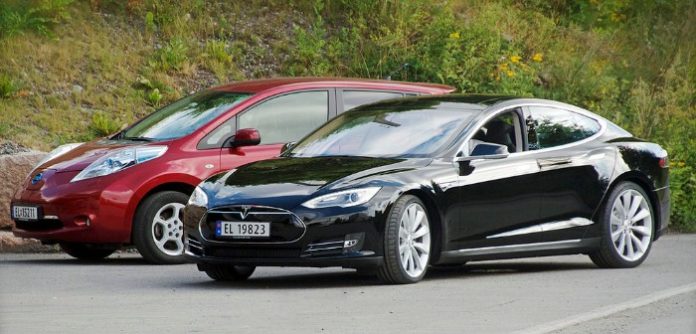
Overall, Norway has positioned itself as the world leader in integrating EVs into its transportation network. Other countries would do well learning from Norway’s success and extract key lessons for going forward.
